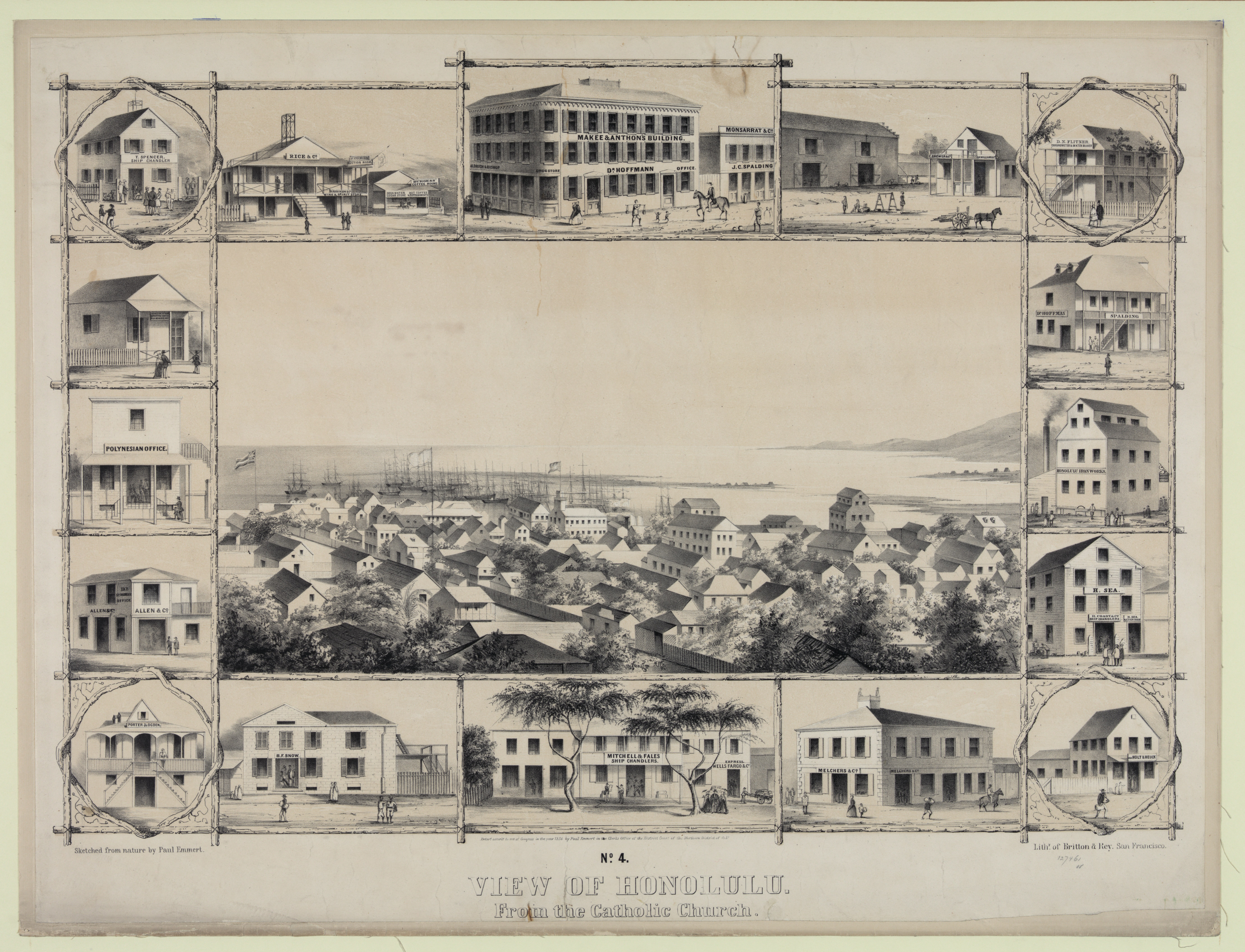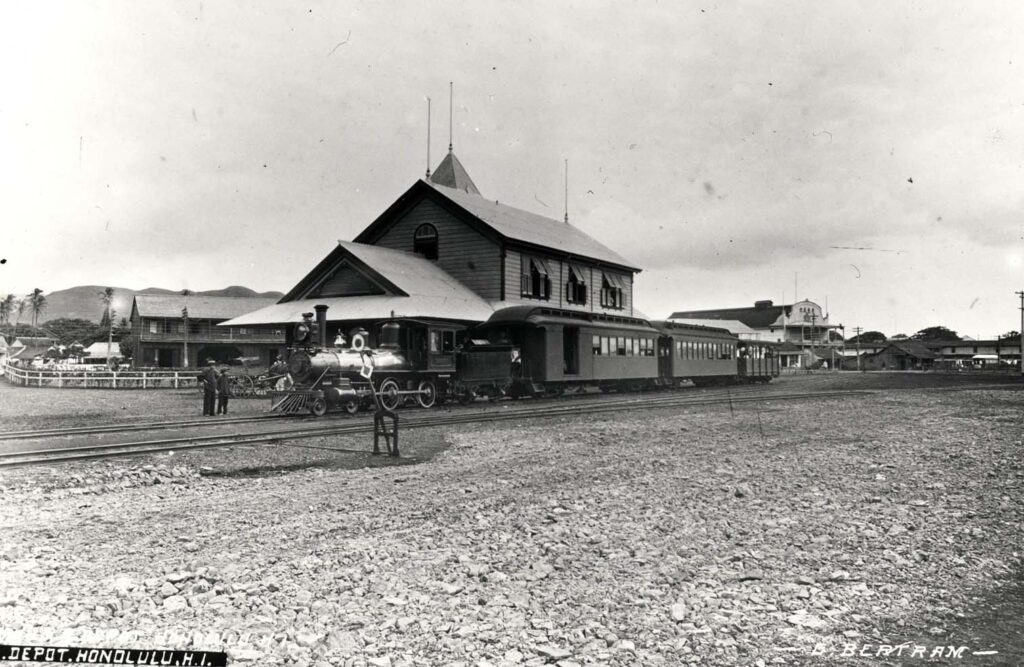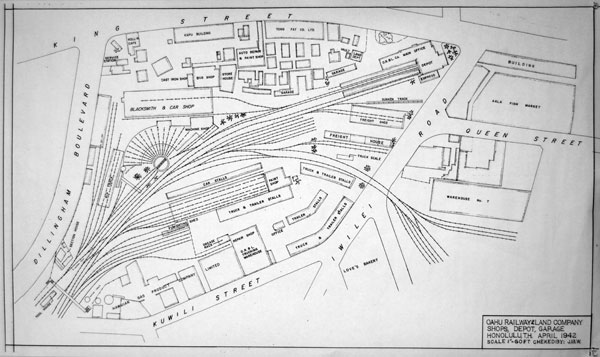It’s hard to tell the story of John Young without including Isaac Davis. They arrived in Hawai‘i at the same time (on different boats) and they served Kamehameha I as co-advisors.
John Young, a boatswain on the British fur trading vessel, Eleanora, was stranded on the Island of Hawai‘i in 1790. Kamehameha brought Young to Kawaihae, where he was building the massive Pu’ukoholā Heiau.
For the next several years, John Young, and another British sailor, Isaac Davis, went on to assist Kamehameha in his unification of the Hawaiian Islands.
Because of his knowledge of European warfare, Young is said to have trained Kamehameha and his men in the use of muskets and cannons. In addition, both Young and Davis fought alongside Kamehameha in his many battles.
With these powerful new weapons and associated war strategy, Kamehameha eventually brought all of the Hawaiian Islands under his rule.
Young was instrumental in building fortifications throughout the Islands, which included the conversion of Mailekini Heiau (below Pu‘ukoholā Heiau) into a fort, which he armed with as many as 21 ship cannons.
Because of his common practice of yelling “All Hands!” during battle and training, the Hawaiians came to know Young by the name Olohana, a Hawaiian use of this English phrase.
Young also served as a negotiator for the king, securing various trade and political agreements with many of the foreigners that visited the Islands.
When Captain George Vancouver visited Hawai‘i Island in 1793, he observed that both Young and Davis “are in his [Kamehameha’s] most perfect confidence, attend him in all his excursions of business or pleasure, or expeditions of war or enterprise; and are in the habit of daily experiencing from him the greatest respect, and the highest degree of esteem and regard.”
Because of his knowledge of European warfare, Young is said to have trained Kamehameha and his men in the use of muskets and cannons. In addition, both Young and Davis fought alongside Kamehameha in his many battles.
With these powerful new weapons and associated war strategy, Kamehameha eventually brought all of the Hawaiian Islands under his rule.
Kamehameha appointed John Young as Governor of Kamehameha’s home island, Hawai‘i Island, and gave him a seat next to himself in the ruling council of chiefs.
He was married twice. His descendants were also prominent in Hawaiian history. The most prominent of his descendants was his granddaughter, Queen Emma.
In 1819, Young was one of the few present at the death of Kamehameha I. He then actively assisted Kamehameha II (Liholiho) in retaining his authority over the various factions that arose at his succession to the throne.
Young was also present for the ending of the kapu system in 1819 and, a few months later, advised the new king to allow the first Protestant missionaries to settle in the Islands
Of the missionaries, on November 27, 1826, he stated, “Whereas, it has been represented by many persons, that the labours of the missionaries in these Islands are attended with evil and disadvantage to the people, I hereby most cheerfully give my testimony to the contrary.”
“I am fully convinced that the good which is accomplishing, and already effected, is not little. The great and radical change already made for the better, in the manners and customs of this people, has far surpassed my most sanguine expectations.”
“During the forty years that I have resided here, I have known thousands of defenceless human beings cruelly massacred in their exterminating wars. I have seen multitudes of my fellow beings offered in sacrifice to their idol gods.”
“I have seen this large island, once filled with inhabitants, dwindle down to its present numbers through wars and disease, and I am persuaded that nothing but Christianity can preserve them from total extinction.”
“I rejoice that true religion is taking the place of superstition and idolatry, that good morals are superseding the reign of crime, and that a code of Christian laws is about to take the place of tyranny and oppression.”
“These things are what I have long wished for, but have never seen till now. I thank God, that in my old age I see them; and humbly trust I feel them too.” (John Young; Ellis)
Both Davis and Young lived out their lives in the Islands. When Davis died in 1810, Young adopted the Davis children. Although Young had died by the time of the Great Māhele land division, his property was awarded to his wife and children, including the children of Isaac Davis.
Finally, in 1835, at the age of 93, John Young, statesman, high chief, friend and advisor to Kamehameha the Great, died at his daughter’s home on O‘ahu.
His service to Kamehameha was considered to be so great that Young’s heirs did not have to pay commutation for their māhele awards.
John Young and his granddaughter Queen Emma are buried at Mauna ‘Ala (the Royal Mausoleum on O‘ahu,) the final resting place of the high chiefs and royalty of the Kamehameha and Kalākaua dynasties.






































